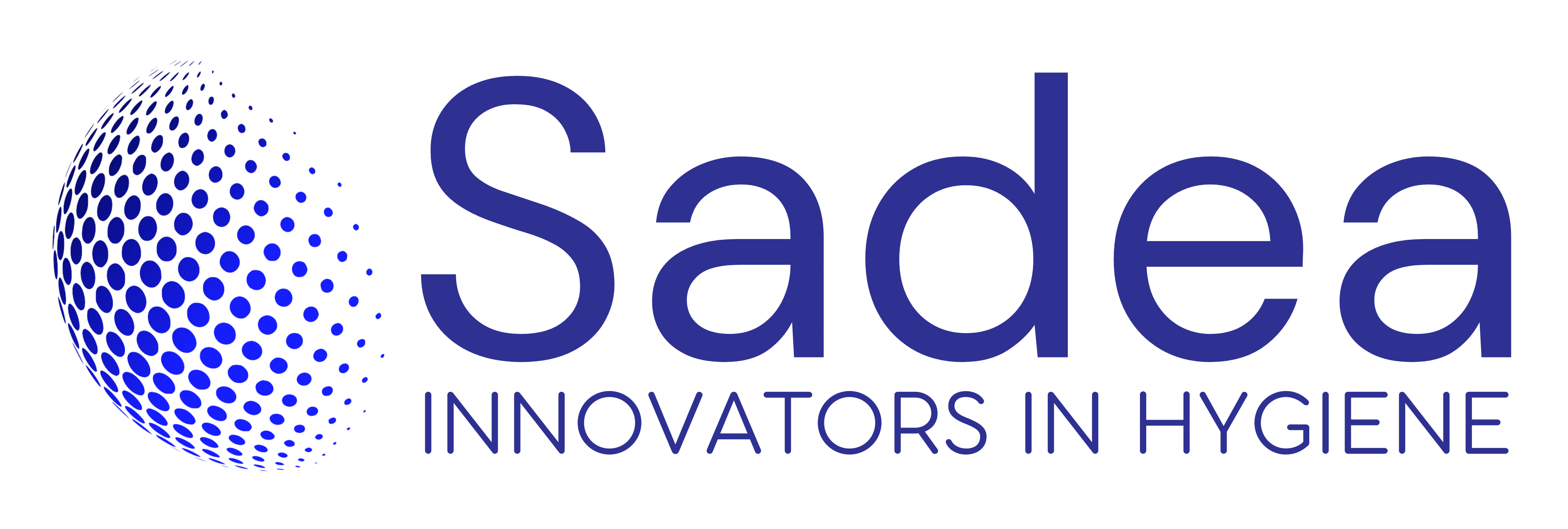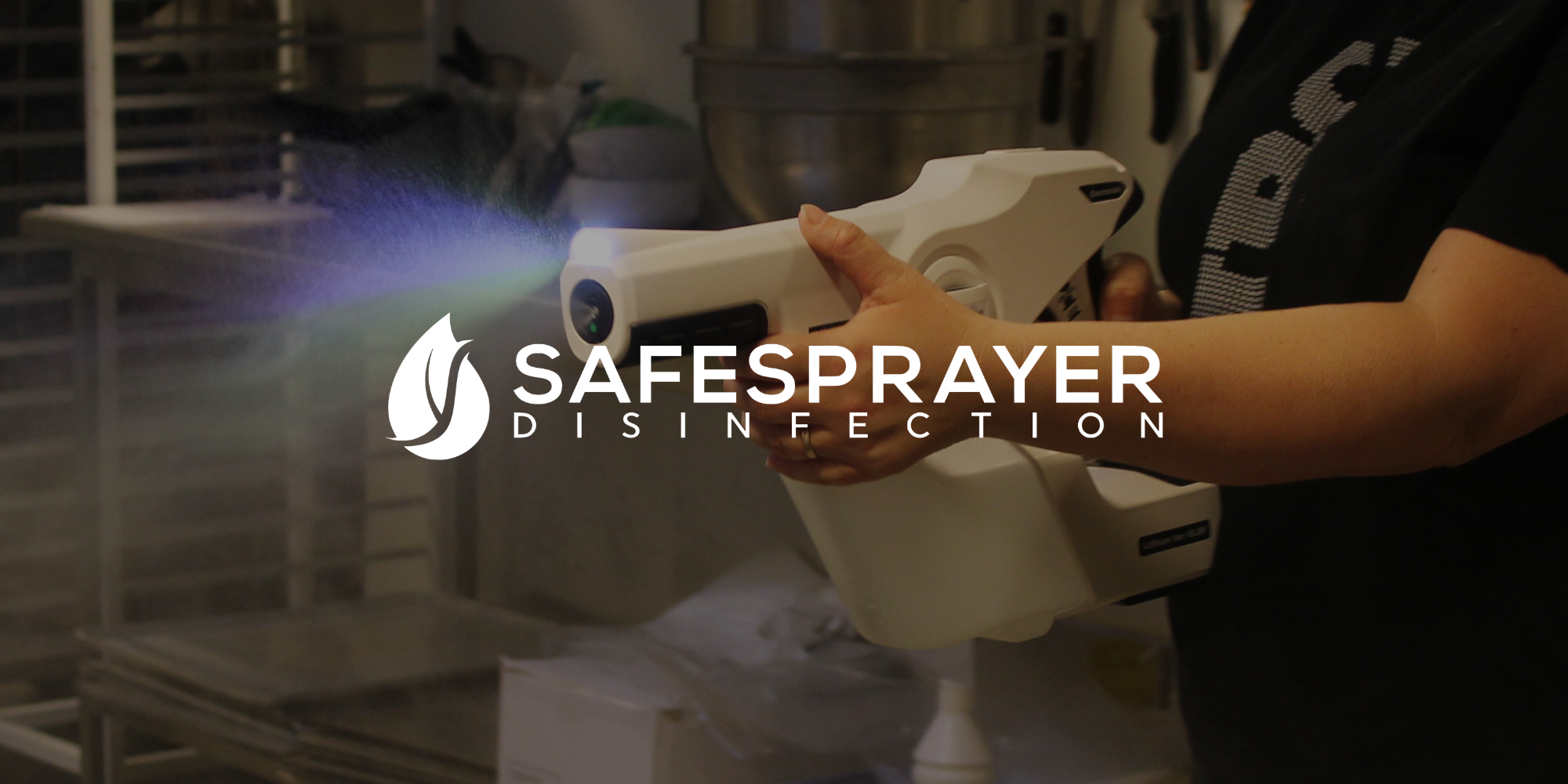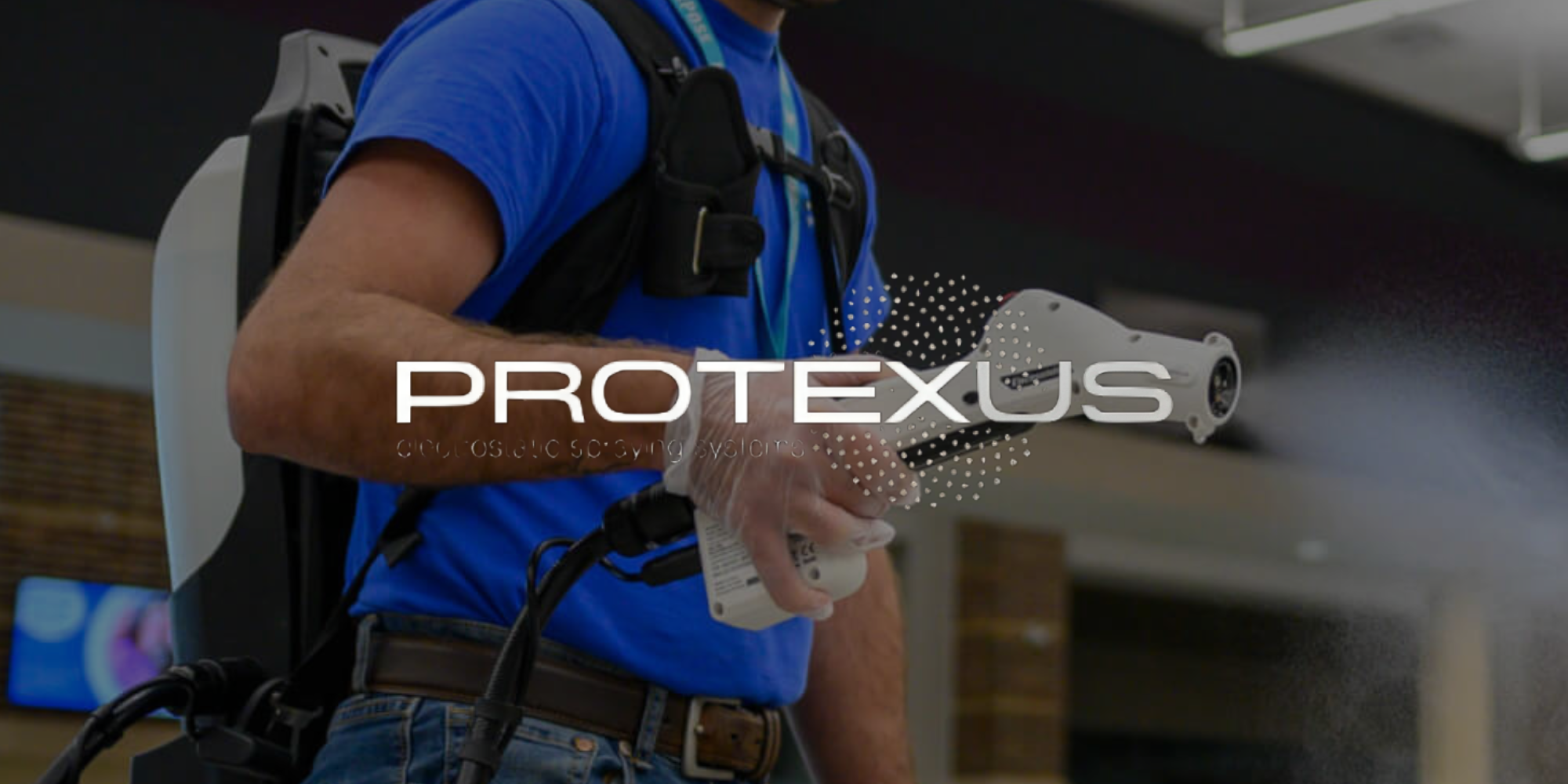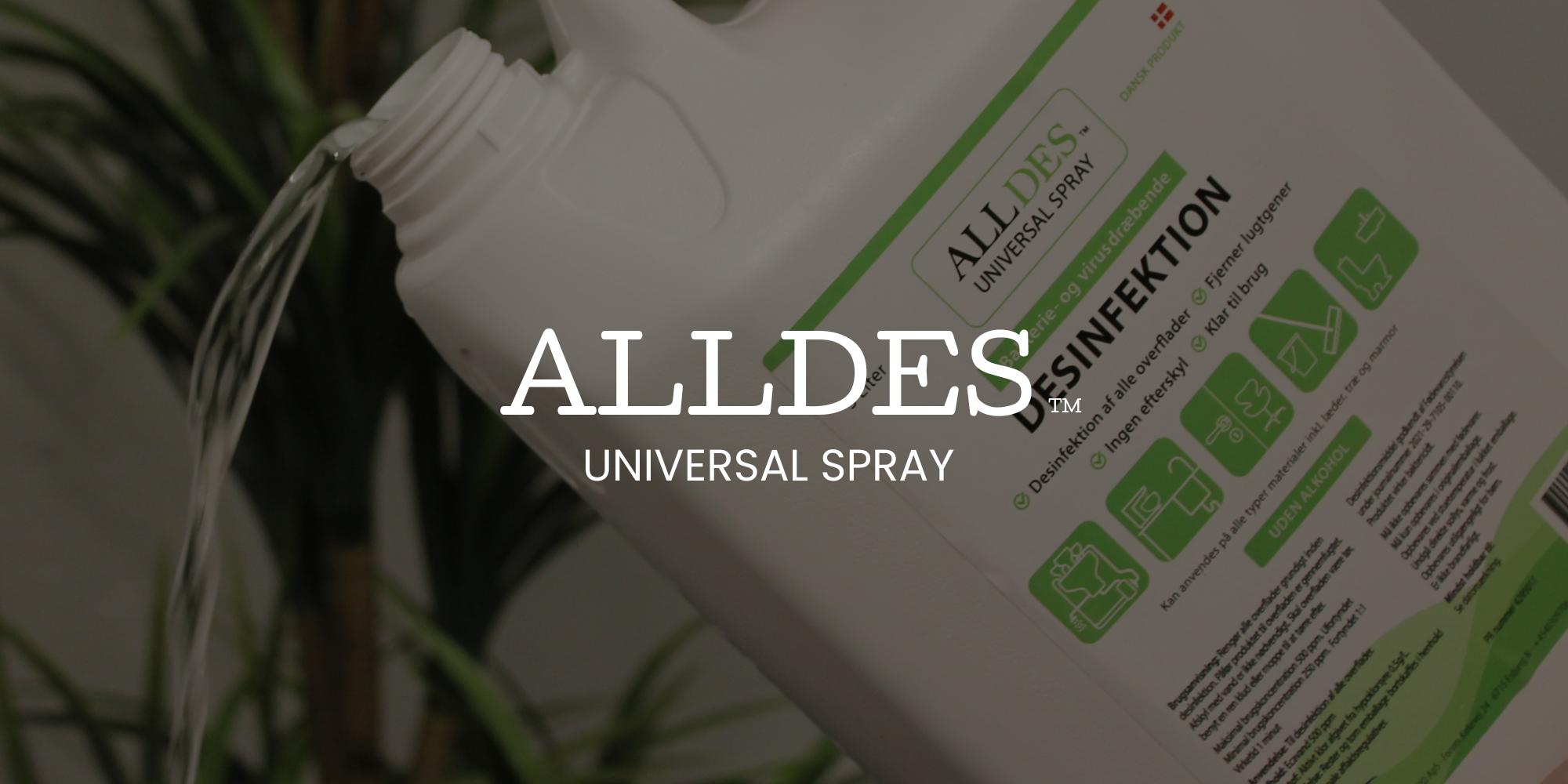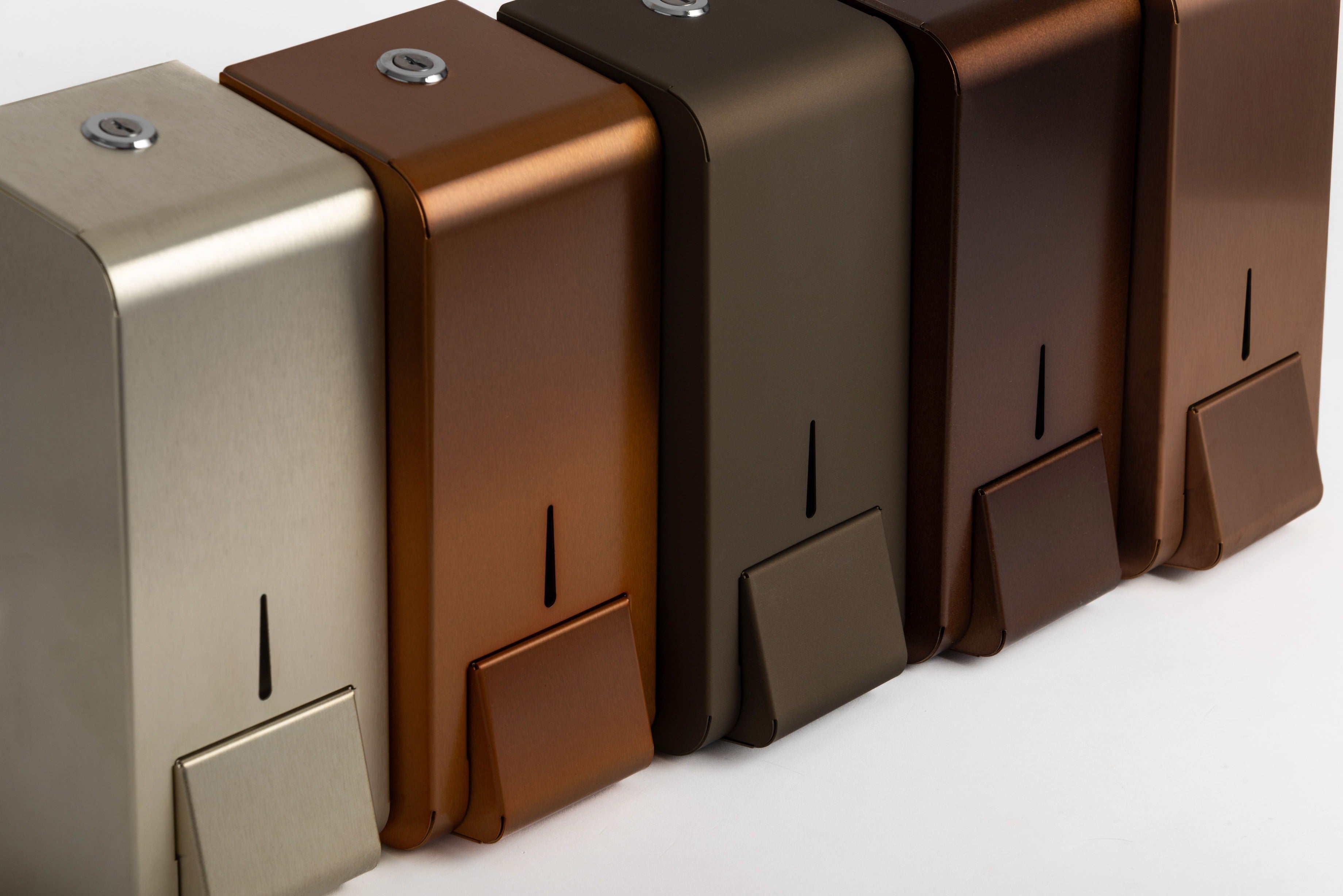Campylobacter is one of the most common causes of bacterial infections in humans. It is often found in animal products, especially poultry, and can cause serious gastrointestinal infections. In this blog we will explore why it is essential to eliminate Campylobacter in the food industry. We will also discuss disinfection and highlight ECA water as an effective method of combating this dangerous bacteria.
What is Campylobacter?
Campylobacter is a genus of bacteria that includes several species, of which Campylobacter jejuni is the most common in foodborne illness. The bacterium is found naturally in the intestines of birds and can easily be transmitted to humans through contaminated food and water. Symptoms of an infection include diarrhea, abdominal pain, fever and, in some cases, serious complications such as Guillain-Barré syndrome.
Why is it important to eliminate Campylobacter in the food industry?
Eliminating Campylobacter in the food industry is essential for several reasons:
- Public health: Campylobacter infections can cause serious illness and, in some cases, long-term health problems. Reducing the occurrence in food can thus improve general public health.
- Economic impact: Foodborne disease outbreaks can lead to large economic losses for the food industry due to recalls, treatment costs and loss of consumer confidence.
- Legislation and Standards: There are strict regulations and standards for food safety. Compliance with these rules is necessary to avoid sanctions and ensure access to markets.
Disinfection in slaughterhouses
Effective disinfection is a key component in the control of Campylobacter in slaughterhouses. Traditional methods include the use of chemicals such as chlorine and ammonium compounds. However, these methods have certain disadvantages, such as environmental impacts and potential risks to workers. Therefore, there is an increasing need for more sustainable and safe disinfection methods.
ECA water as an effective disinfection method
ECA (Electrochemically Activated) water is a promising solution for disinfection in the food industry. It is produced by electrolysis of a salt water solution, resulting in a mixture of active substances such as hypochlorous acid and sodium hydroxide. These substances have strong antimicrobial properties that can effectively kill bacteria such as Campylobacter.
Benefits of ECA water:
- Effectiveness: ECA water is effective against a wide range of microorganisms, including Campylobacter, and can significantly reduce the bacterial load on surfaces and equipment.
- Safety: ECA water is non-toxic and poses minimal risk to workers compared to traditional chemical disinfectants.
- Environmental friendliness: ECA water breaks down quickly and leaves no harmful residues, making it an environmentally friendly solution.
Implementation of ECA water in slaughterhouses
Implementation of ECA water in slaughterhouses can be done in different ways:
- Surface disinfection: ECA water can be used to disinfect workstations, conveyor belts and other surfaces where food is processed.
- Equipment Disinfection: Using ECA water to disinfect slaughterhouse equipment can help reduce the risk of cross-contamination.
- Air disinfection: ECA water can also be used in aerosol systems to disinfect the air in production areas, further reducing the risk of bacterial spread.
Eliminating Campylobacter in the food industry is critical to protecting public health, meeting regulatory requirements and maintaining economic stability in the industry. ECA water appears as an effective, safe and environmentally friendly disinfection method that can play an important role in this endeavour. By integrating ECA water into the disinfection routines, slaughterhouses can significantly reduce the occurrence of Campylobacter and thus contribute to safer food production.
Effective control of Campylobacter requires a combination of advanced technology and consistent implementation of best practices in food handling. ECA water offers an innovative solution that can help the industry achieve these goals and ensure the health and safety of consumers.
Frequently Asked Questions (FAQ):
1. What is Campylobacter and how does it affect human health? Campylobacter is a group of bacteria that is often found in the intestines of birds and can cause foodborne illness in humans. Infection with Campylobacter can result in symptoms such as diarrhoea, abdominal pain, fever and, in rare cases, serious complications such as Guillain-Barré syndrome.
2. Why is it important to eliminate Campylobacter in the food industry, especially in slaughterhouses? Elimination of Campylobacter is important to protect public health, as the bacterium can cause serious diseases. In addition, outbreaks of foodborne diseases can lead to financial losses and damage to companies' reputations. Strict food safety rules must be observed to avoid sanctions and secure market access.
3. What is ECA water and how does it work as a disinfectant? ECA (Electrochemically Activated) water is a disinfection method produced by the electrolysis of a salt water solution, creating a mixture of hypochlorous acid and sodium hydroxide. These substances have strong antimicrobial properties and can effectively kill bacteria such as Campylobacter.
4. What are the advantages of using ECA water in the food industry? ECA water is effective against a wide range of microorganisms, is non-toxic and safer for workers compared to traditional chemical disinfectants. It is also environmentally friendly as it breaks down quickly without leaving harmful residues.
5. How can ECA water be implemented in slaughterhouses? ECA water can be used for surface disinfection of workstations and conveyor belts, cleaning of slaughterhouse equipment to reduce cross-contamination, and in aerosol systems for air disinfection in production areas, further reducing the risk of bacterial spread.
